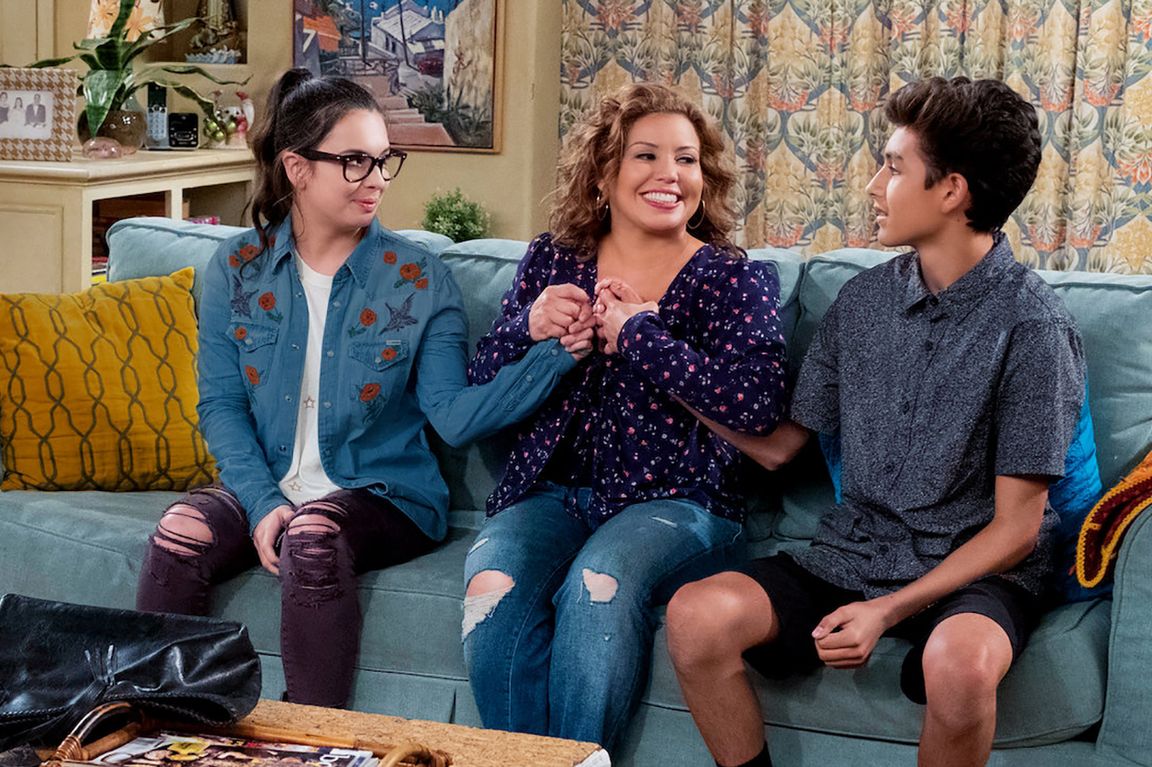Although minorities overall are becoming better represented in the entertainment industry, that progress largely hasn’t touched Latino actors, writers, directors and executives.
An open letter from 270 Latino TV and film writers and creators, published Oct. 15 in the Los Angeles Times, laid bare the growing frustration with that phenomenon. And the statistics in the 2020 UCLA Hollywood Diversity Report back it up.
Despite making up nearly 17% of the U.S. populace, Latinos are underrepresented in nearly every critical job category tracked by the report, the latest of which was published today.
Chon Noriega, director of the UCLA Chicano Studies Research Center, said decades of attempts at media reform and market-based arguments haven’t yielded significant gains for Latinos in film and TV.
“The approach to media reform over the last 50-some years has always been either the carrot or the stick,” said Noriega, a media scholar who teaches in the UCLA School of Theater, Film and Television. “Initially, it was the stick — the laws and regulations around equal employment opportunity. And because Latinos go to more movies than any group and watch more TV than any group, the carrot was, ‘Here are things you can do and these things will enhance your ability to make money.’”
Advocates and activists haven’t yet come up with a method or message that has led to tangible improvements, he said.
For minorities overall, the most progress has come in acting roles, but the numbers remain stubbornly stagnant for Latino actors.
► Related: Read more about the Hollywood Diversity Report’s analysis of jobs in TV
According to the latest Hollywood Diversity Report, Latinos’ share of lead acting roles was 6.6% on scripted broadcast shows, 5.5% in cable and 4.0% in digital in 2018–19. Among all TV acting roles in the past two years, Latinos’ best representation was in broadcast shows during the 2017–18 season, but even then, they made up just 6.4% of casts.
That’s scant progress since the 2012–13 television season, when Latino actors claimed 4.0% of acting roles in broadcast shows, 3.0% on cable and 12.0% on digital.
And all minority groups, including Latinos, are underrepresented in TV writing, directing and show creator jobs, according to the recent report.
Noriega said the rationale for improving Latinos’ representation on TV is tied to media’s critical role in fostering understanding across racial and ethnic groups.
“If you’re in California, how do you know anything about the Midwest or the South?” he asked. “How do you know that the people there are kind of like you in certain ways? You can travel there, and spend time and learn firsthand. Or you can watch movies, the nightly news, sitcoms and documentaries. You can look at things that come into your home that represent other parts of the world beyond where you live.”
For example, he said, Puerto Ricans are rarely depicted in film and on TV — which likely contributes to many Americans’ lack of understanding that Puerto Rico is a U.S. territory or that its residents are U.S. citizens who nevertheless lack the full rights of citizenship.
Today’s analysis of the television industry is the second installment of the 2020 Hollywood Diversity Report; part one, focusing on movies, was published in February.
That report found that Latinos held 4.6% of movie acting roles in 2019. Of the 145 top-grossing films in 2019, Latinos had writing credits on just 2.8% and directing credits on only 2.7%. Although both figures were higher than they were for the top-grossing films of 2018, the percentages are still far short of Latinos’ overall share of the population.
Noriega said the lack of representation in some cases — and the way in which minorities are portrayed on screen in others — is especially concerning because of how media shapes people’s impressions.
“There are more portrayals of African-Americans as a percentage than in society,” he said. “But it has been largely negative representation. It’s largely about crime, both in the news and in entertainment.
“And you will rarely see Latinos in the media; you’ll rarely read about them in newspaper. They don’t exist. That makes it a lot easier for a government to decide that they are going to put small children from that group in cages.”
This article, written by Jessica Wolf, originally appeared in the UCLA Newsroom.

